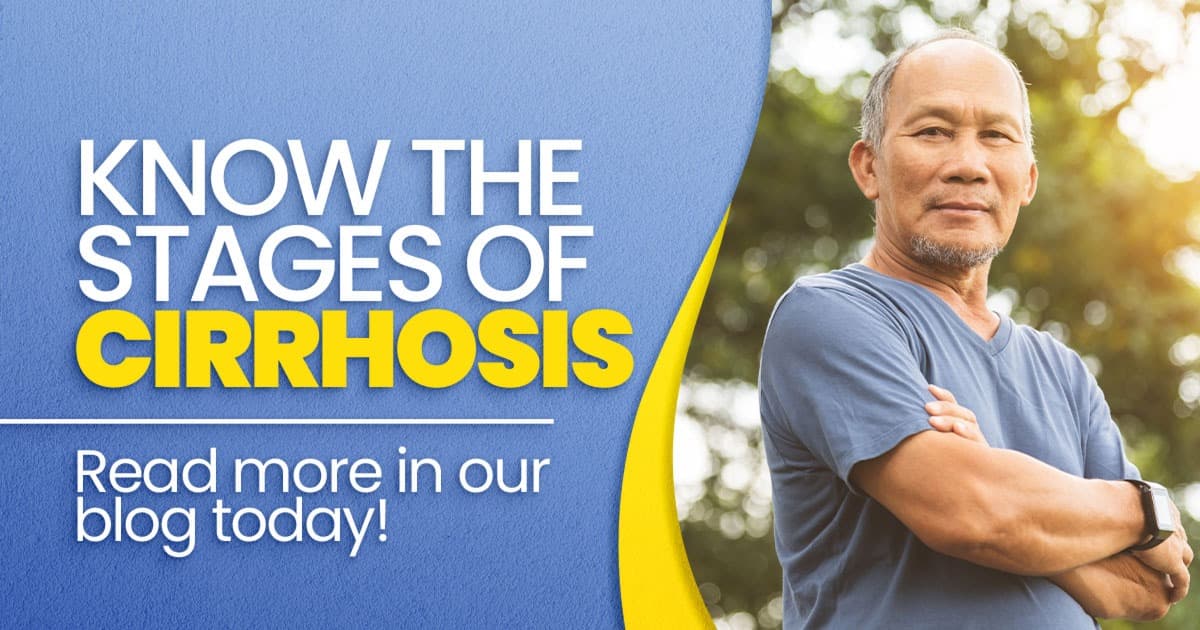Catch Cirrhosis from The Start
Cirrhosis of the liver is a progressive disease, developing slowly over many years. If allowed to continue, the buildup of scar tissue can eventually stop liver function. Because of the gradual decline, liver cirrhosis often goes undetected and unnoticed. You can potentially catch cirrhosis from the start by knowing the signs and your risk for […]
Catch Cirrhosis from The Start Read More »




